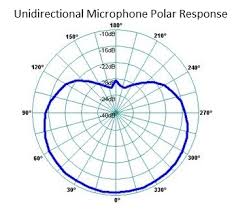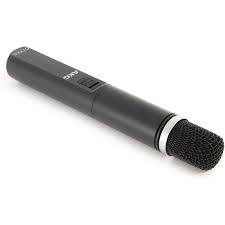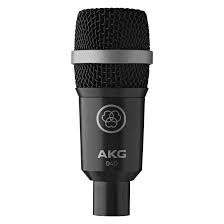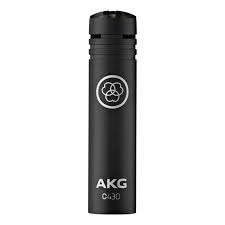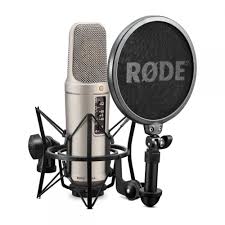What aspects of your role during the development of your performance project so far, do you think have worked well, and why? Give details.
My role in the development of my group’s performance project was to make the lyrics and the melody which allowed the song to come together and for the group to be able to see what chords are played at the same time as the lyrics. This helped us play in time and to tell when the chorus or per chorus was coming in.
What aspects of your role during the development of your performance so far do you think worked less well, and why? Give details.
I think that I could have spent more time on the lyrics and melody to make it sound better. I think that me and my group could have also been more confident because that would have made it easier to make the song quicker and give our opinions instead of holding them back and waiting for each other to say something to help. If we had spent more time speaking about our song and what we wanted it to sound like then we could have done it quicker and made it better.
How effective do you think other members of your production group have been during the development of your performance project so far? Please give details.
I think the other members of my group have been effective in the development of our performance project. We all worked together and helped each other when one of us forgot our chords or lyrics. We could have been more confident and my group and I could have spoken more about what we wanted it to sound like and what else we could have added.I think we could have worked better together and worked more as a group instead of being not confident in our ideas and holding them back from each other.
Considering your responses above, what changes do you plan to make for the rest of this project?
The changes I would like to make for the rest of this project is to spend more time on my lyrics and melodies and go through them with the group to make it better. I will also change how long we take on each song and how much detail and effort I could put into it. I will also speak my opinions and not hold them back from the group.
